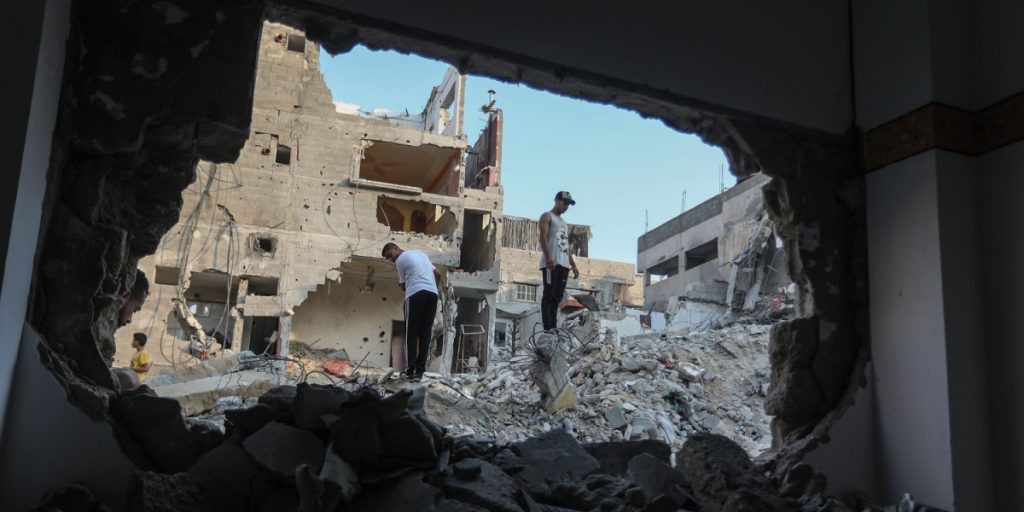Israel and Hamas have reached a deal for a temporary ceasefire.
Others are reading now
Israel and Hamas have agreed to a six-week ceasefire beginning on Sunday, January 19, as part of a deal to exchange hostages and prisoners.
The agreement was facilitated by international mediators, including the U.S., Egypt, and Qatar.
According to the Danish news outlet DR Nyheder, the agreement aims to de-escalate tensions and create conditions for further peace talks.
Under the agreement, Hamas will release 33 hostages, including women, children, men over 50, and the injured, at a rate of three per week. In return, Israel will release an unspecified number of Palestinian prisoners.
Also read
Israeli forces will also withdraw to a buffer zone along the Gaza-Israel border, allowing displaced Palestinians to return to their homes in northern Gaza.
The deal consists of multiple phases, with further negotiations set to begin on the 16th day of the ceasefire.
U.S. President Joe Biden has suggested that subsequent phases could lead to a full Israeli withdrawal from Gaza, depending on the success of the initial stage.
However, questions remain about enforcement, the exact number of prisoners to be released, and how humanitarian aid will reach Gaza. Reports suggest that only about 60 of the 100 Israeli hostages believed to be held by Hamas are still alive.
President Biden described the ceasefire as a step toward peace, emphasizing that its success depends on continued negotiations.


